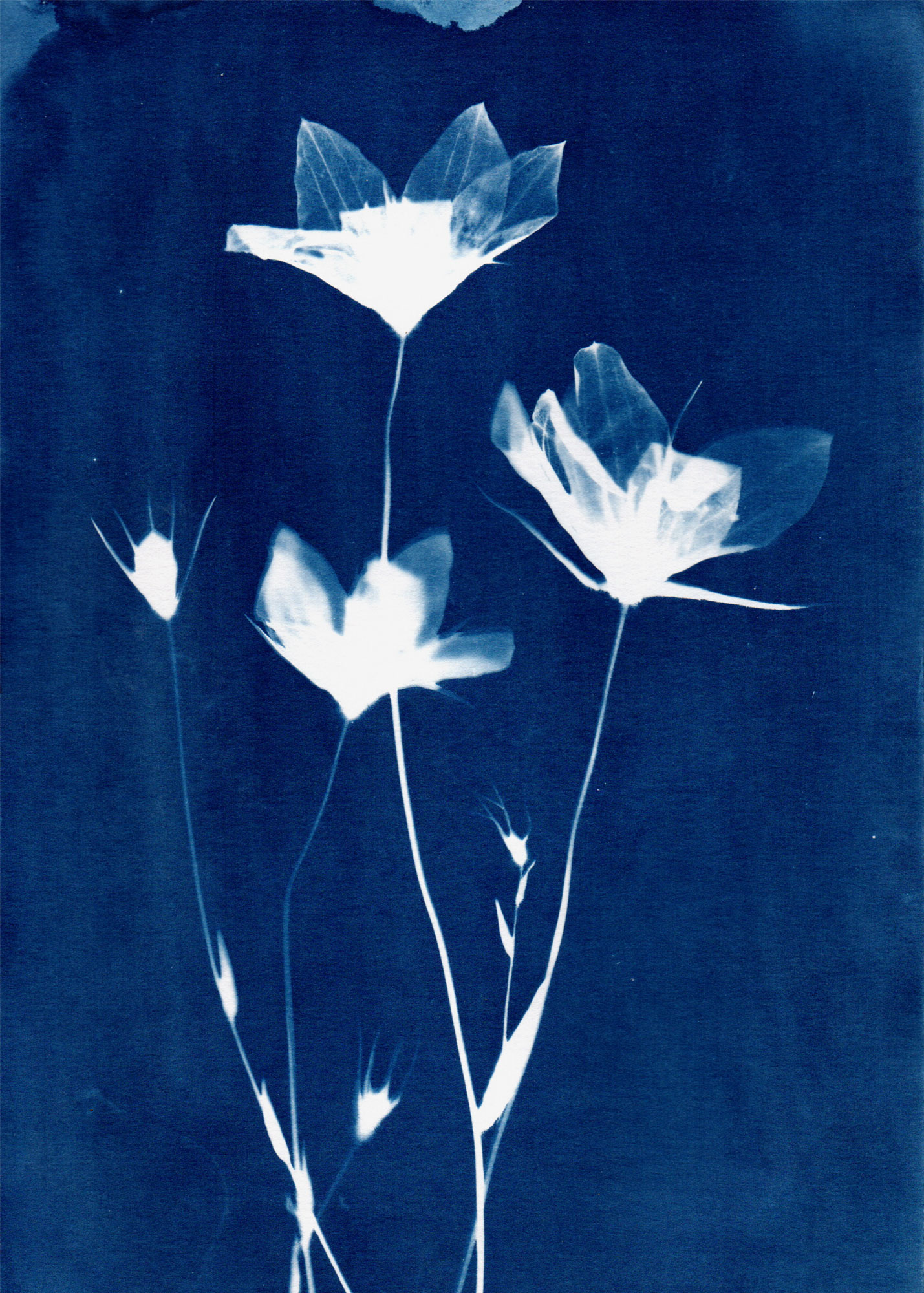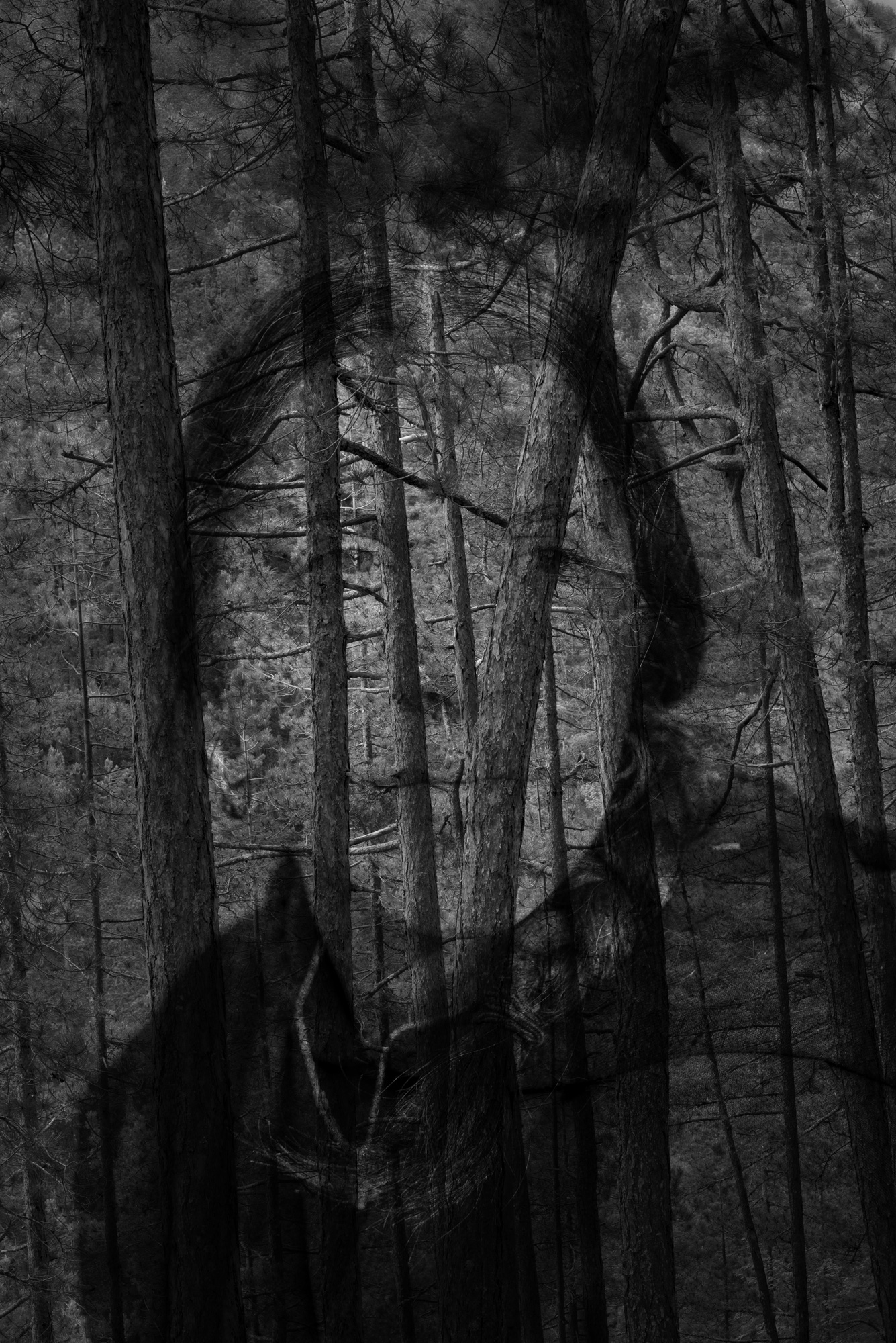Multimedia exhibition raises awareness on fragility of Aoos River

The fragility of the Aoos/Vjosa River, which crosses the border between Greece and Albania and represents one of Europe’s few remaining free-flowing waterways, has inspired a multimedia exhibition that seeks to explore the confluence of history, culture, economy, and environmental sustainability.
Photographer Penelope Thomaidi and documentary filmmaker Natasha Blatsiou have been invited by the Vovousa Festival to create a series of works integrating visual and audio elements. Through landscape and portrait photographs, cyanotype prints of plants, oral narratives, and soundscapes, the exhibition, which is curated by Vangelis Ioakimidis, aims to immerse viewers in the ecological diversity and multicultural identity of the area, encompassing the Aoos and its tributaries, the Sarantaporos and Voidomatis.
The show, which is supported by the Athens-based Mediterranean Institute for Nature and Anthropos (MedINA), is being hosted at the Vovousa Water Power Museum in Epirus, northwestern Greece, from July 15 to August 30. Lying at the heart of the Northern Pindos National Park, the village of Vovousa, with its population of 35 inhabitants, is located on the banks of the Aoos. The village has hosted the namesake festival for nine consecutive years.

Thomaidi is returning to the festival for a second year, following her presentation of a photographic investigation into the development of hydrocarbons in Albania and Greece since the beginning of the 20th century, which took place last year.
“This exhibition provided me with the opportunity to further explore the location and the stories that unfold alongside the river, as well as to experiment with various techniques aimed at capturing the diverse layers that constitute a river ecosystem,” the photographer says.
“Through the lens of photography, visitors are able to discover the Aoos River by engaging with scientific data, landscapes, cultural elements, and evidence of the struggles faced by its inhabitants in preserving it as a freely flowing river. We traverse the sources, delve into historical memory, and witness the imminent changes to the landscape,” she says.
Blatsiou’s audio documentary short, “Listen to the River,” captures the sounds, everyday life events, and voices of the people residing in the villages along the Aoos and the Sarantaporos.
“While we usually associate rivers with photographs, maps, discussions about water volume, or fish, the historical aspect often remains ‘muted.’ The river’s rumble, the soundscape, is omitted from the conversation, despite serving as evidence of both history and cultural understanding,” says the documentary maker.
“The river even influences the songs and music of the communities residing alongside it, as well as our own perception. We listen to their surroundings,” she says.
The Aoos/Vjosa River stretches over 270 kilometers (170 miles), beginning from the forest-clad slopes of Greece’s Pindos Mountains and flowing into the Adriatic Sea from the Albanian coast.
In March, the Albanian government officially declared the river and its tributaries a national park, in a bid to preserve what they described as one of Europe’s last wild rivers. As part of this endeavor, plans for eight hydropower stations along the Vjosa and its tributaries were scrapped.
Environmentalists, including MedINA, are urging Greece to expand protection measures for the river on its side of the border. About a third of the river within Greek territory remains unprotected, facing increasing pressure for hydroelectric power plant construction.
The annual Vovousa Festival, featuring music events, performances, hiking excursions, truffle hunting, workshops, screenings and lectures, is scheduled to take place from July 15 to August 5 this year.






